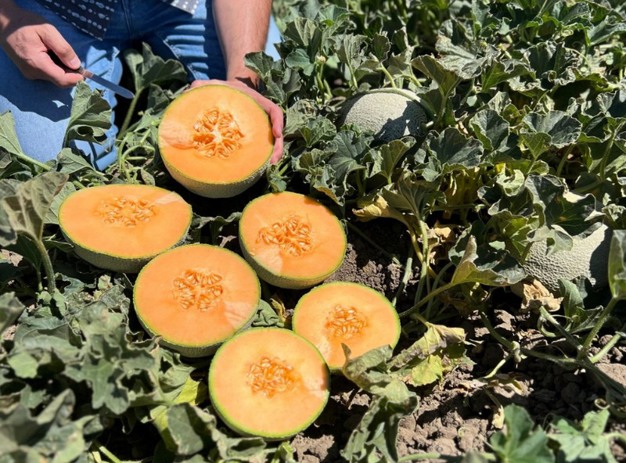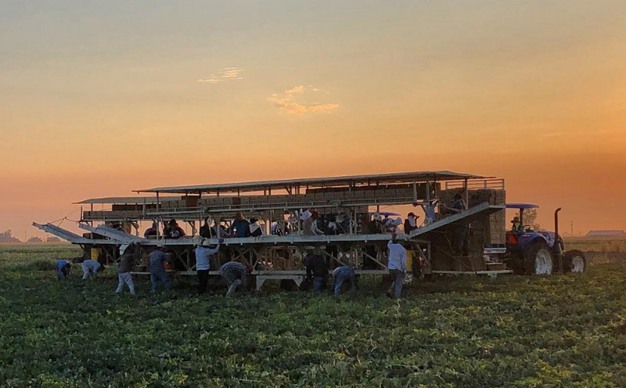Supply shortages on cantaloupe and honeydew melons could be ahead. “We’re entering a period where yields will fall off significantly and go either to normal or below normal through October,” says Garrett Patricio of Westside Produce, adding that the company started to see a change about a week ago. He notes the planting of these melons also coincided with some of the heat waves seen in July in California. “When we experience heat waves, we typically see bloom drop so the flowers are never pollinated and we typically see a resulting decrease in yields.”

This is quite a swing from the last two months when melon yields in California have been 15-20 percent higher than normal. “That led to a significant amount of excessive supply in the marketplace throughout July and most of August,” says Patricio.
There are a few reasons behind the increased yields--and most of them are due to water. “We believe this is due to the winter rains that we received,” he says. “There was the leeching out of all of the salt in the soil during the past few years of drought in California. We also believe there’s better availability of fresh-quality water being delivered and all of this contributed to the improved yields over the past six to eight weeks.”
Tropical Storm Hilary
At the same time, recent storms including Tropical Storm Hilary left little to no impact on melon production.

Meanwhile, demand is very good for melons and there’s more demand than supply in the marketplace today. “We’re coming off that period of excess supply with lower-than-normal pricing. Now we’re entering a period where there’s less supply and more demand and the price is going to increase. The reality is we’re back to normal pricing and given that supply constraints, we could see higher pricing,” says Patricio.
In terms of movement, he adds that Westside Produce also recently formed an alliance with the Classic Fruit Company. “We’ve partnered to provide customers with a year-round supply of melons and whether you have dealt with Westside or Classic in the past, we are a unified team consistently providing safe, quality, sustainable melons direct from our farms to you every day of the year,” he adds.
At the same time, that higher pricing is contending with continually escalating costs in both melon growing and handling. While some costs have stabilized for now including freight and paper, others such as labor continue to climb.
As for growing, come September 1, California will likely be largely on its own as a supplying region. “Most of the local deals will have dried up. In late September-early October, we’ll see melons coming out of Arizona again and we move to Arizona in early to mid-October. Mexico starts again in the early fall and offshore doesn’t really begin until mid-November,” adds Patricio.
 For more information:
For more information:
Garrett Patricio
Westside Produce
Tel: +1 (559) 659-3025
[email protected]
https://www.westsideproduce.com/
